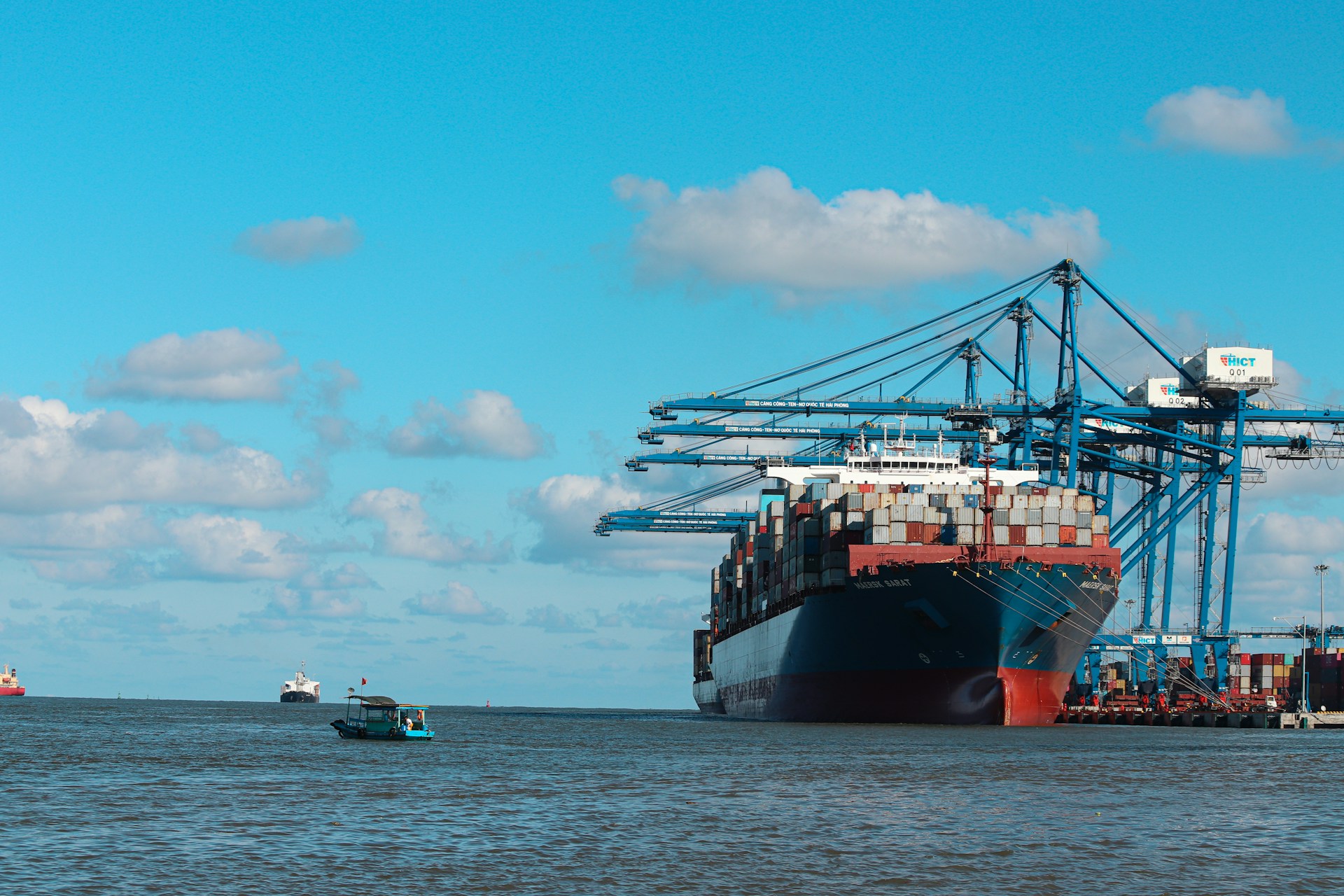Logistics Dynamics in Emerging Markets: Breaking Updates
In the realm of logistics, the terrain is ever-shifting, particularly in emerging markets. The constant evolution of technologies, regulatory frameworks, consumer behaviors, and geopolitical landscapes necessitates a vigilant approach for logistics professionals. As we delve into the intricacies of emerging markets, we uncover a tapestry of challenges and opportunities awaiting those who dare to venture forth.
Understanding the Terrain: Challenges and Opportunities
Infrastructure Imperatives
One of the foremost challenges facing logistics in emerging markets revolves around infrastructure. While some regions boast state-of-the-art transportation networks, others grapple with inadequate roads, ports, and railways. Navigating this disparity demands a nuanced understanding of local conditions and creative solutions to bridge the infrastructure gap.
Regulatory Complexities
The regulatory environment in emerging markets can be a labyrinth of red tape and uncertainty. From customs procedures to taxation policies, each jurisdiction presents its own set of challenges. Staying abreast of regulatory changes and forging strategic partnerships with local authorities are essential strategies for success.
Market Dynamics
Emerging markets are characterized by rapid urbanization, burgeoning middle classes, and shifting consumer preferences. Understanding the intricacies of local markets, including cultural nuances and purchasing behaviors, is paramount. Tailoring logistics strategies to meet the demands of diverse consumer segments can confer a competitive edge in these dynamic environments.
Technological Advancements
Technological innovations are revolutionizing the logistics landscape in emerging markets. From blockchain-enabled supply chain transparency to AI-driven route optimization, the potential for efficiency gains is vast. Embracing these advancements and integrating them into logistics operations can enhance visibility, reduce costs, and streamline processes.
Strategies for Success: Navigating the Terrain
Collaborative Partnerships
In the complex terrain of emerging markets, collaboration is key. Building strategic alliances with local partners, suppliers, and distributors can provide invaluable insights and resources. By leveraging local expertise and networks, logistics providers can navigate regulatory hurdles, optimize routes, and deliver superior service to customers.
Agile Adaptation
Flexibility is a hallmark of successful logistics operations in emerging markets. Rapidly evolving conditions necessitate agile responses and proactive adjustments to supply chain strategies. Embracing a mindset of continuous improvement and adaptation enables logistics professionals to stay ahead of the curve and capitalize on emerging opportunities.
Investment in Technology
In an era defined by digital disruption, investment in technology is not merely an option but a necessity. Logistics companies that harness the power of data analytics, IoT devices, and automation stand poised to gain a competitive advantage. By leveraging technology to enhance visibility, optimize routes, and mitigate risks, logistics providers can drive efficiency and deliver superior customer experiences.
Conclusion: Charting the Course Forward
As we navigate the dynamic terrain of emerging markets, the path ahead is rife with challenges and opportunities. By understanding the intricacies of local landscapes, embracing technological advancements, and fostering collaborative partnerships, logistics professionals can chart a course toward success. In this ever-evolving journey, adaptability, innovation, and resilience will serve as guiding beacons, illuminating the way forward in the pursuit of logistics excellence.

